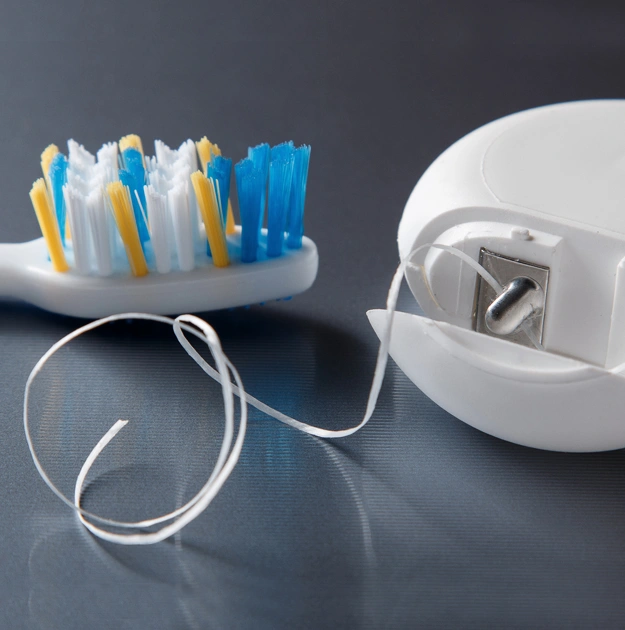
Essential Oral Hygiene Aids for a Healthier, Brighter Smile
Regular dental check ups are essential for maintaining excellent oral hygiene and diagnosing potential problems, but they are not a “fix-all” solution. Thorough oral homecare routines should be practiced on a daily basis to avoid future dental problems.
Periodontal disease (also called gum disease and periodontitis) is the leading cause of tooth loss in the developed world, and is completely preventable in the vast majority of cases. Professional cleanings twice a year combined with daily self-cleaning can remove a high percentage of disease-causing bacteria and plaque. In addition, teeth that are well cared for make for a sparkling white smile.
Effective Aids for Better Oral Hygiene
There are numerous types of oral hygiene aids on the supermarket shelves, and it can be difficult to determine which will provide the best benefit to your teeth. Selecting the right tools can significantly improve your oral health and prevent dental issues.
Here are some of the most common oral hygiene aids for homecare:
Dental Flosses
Interdental Cleaners
Mouth Rinses
- Cosmetic Rinses: Sold over the counter, these rinses temporarily suppress bad breath but have minimal effectiveness against plaque.
- Therapeutic Rinses: Therapeutic rinses which may or may not require a prescription. Most dentists are skeptical about the benefits of cosmetic rinses because several studies have shown that their effectiveness against plaque is minimal. Therapeutic rinses, however, are regulated by the FDA and contain active ingredients that can help reduce bad breath, plaque, and cavities.
Oral Irrigators
Rubber Tip Stimulators
Tongue Cleaners
Toothbrushes
There are a great many toothbrush types available. Electric toothbrushes are generally recommended by dentist stony plain because electric brushes are much more effective than manual brushes. The vibrating or rotary motion helps to easily dislodge plaque and remove food particles from around the gums and teeth. The same results can be obtained using a manual brush, but much more effort is needed to do so.
Manual toothbrushes should be replaced every three months because worn bristles become ineffective over time. Soft bristle toothbrushes are far less damaging to gum tissue than the medium and hard bristle varieties. In addition, an appropriate sized ADA approved toothbrush should be chosen to allow proper cleaning to all the teeth. Teeth should ideally be brushed after each meal, or minimally twice each day.
